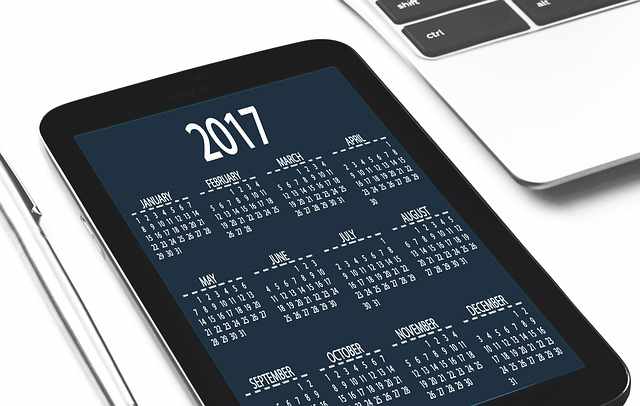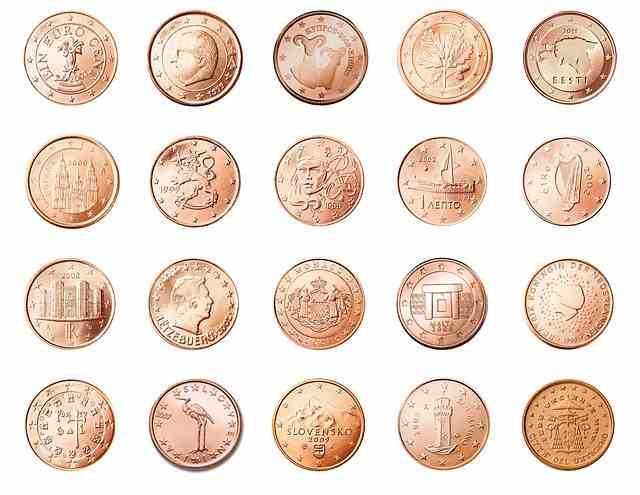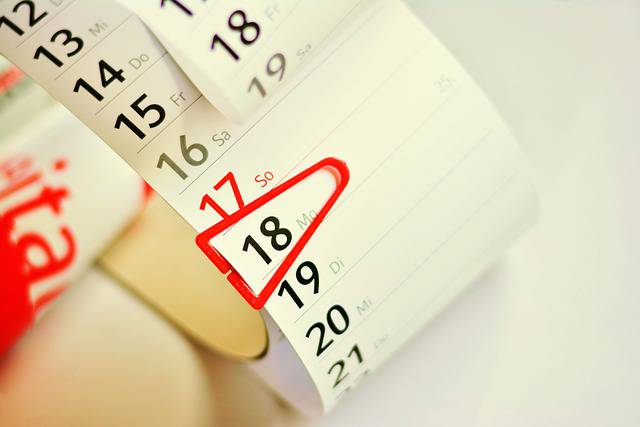how many feet are in a quarter mile

In the grand tapestry of life's pursuits, precision in measurement is a thread that binds our daily endeavors. Whether you're a seasoned athlete timing your sprint, a navigator plotting a course, or simply a curious mind seeking clarity, understanding the conversion of a quarter mile to feet is an essential skill. This guide is your beacon, illuminating the path to mastering this conversion with confidence and ease.
Imagine standing at the starting line of a race, the adrenaline coursing through your veins as you prepare to conquer the quarter-mile track. Your goal is clear, but the distance in feet remains a mystery. Here, the knowledge of conversion becomes your ally, turning abstract numbers into tangible steps.
Or picture the urban explorer, mapping out a route through the city's labyrinthine streets. The quarter-mile marker on the map beckons, but how many footsteps will it take to traverse this urban expanse? Our guide is your compass, guiding you through the concrete jungle with the precision of a seasoned cartographer.
As we embark on this journey, we'll unravel the magic number that bridges the gap between miles and feet. We'll explore real-life scenarios where this conversion is not just a mathematical exercise, but a practical tool for achievement. So, let's step into precision together, and unlock the secrets of distance conversion that will empower you in every stride, every journey, and every pursuit of clarity in your everyday life.
Why Measure Matters: Your Everyday Need for Distance Clarity
In the tapestry of daily life, the threads of measurement often intertwine with our most mundane tasks, weaving a pattern of precision that is both practical and profound. "Why Measure Matters: Your Everyday Need for Distance Clarity" delves into the heart of this necessity, where the seemingly abstract concept of distance becomes a tangible tool in our hands. Whether it's the ambitious jogger plotting their morning run, the urbanite navigating the labyrinth of city streets, or the parent pacing out the perfect spot for a backyard swing set, the need for distance clarity is ubiquitous. Take, for instance, the seasoned traveler who, with a quick mental calculation, can gauge the distance from their hotel to the must-see landmark, ensuring they have just enough time to enjoy a leisurely breakfast before embarking on their adventure. Or the architect who, with a stroke of genius, converts a quarter mile into feet to ensure the grandiosity of a project aligns with the client's vision. These everyday scenarios underscore the importance of understanding distance conversions, turning abstract numbers into concrete steps towards our goals. As we step into the realm of precision, we unlock the power to transform our intentions into actions, one measured foot at a time.
The Mile Marker: Grasping the Quarter Mile in Daily Life
The Mile Marker: Grasping the Quarter Mile in Daily Life
In the tapestry of our daily routines, the quarter mile emerges as a subtle yet significant thread. It's the distance that whispers in the wind as joggers pace themselves, the silent measure that guides city planners as they sketch the layout of neighborhoods. Consider the high school athlete, their breath a symphony of determination, as they round the final bend of the track, each stride a testament to the quarter mile's unyielding presence. Or the commuter, navigating the labyrinth of urban streets, whose odometer dances around this very distance with every turn. It's the unseen compass that directs the cyclist on their morning commute, the rhythm of their pedaling echoing the steady beat of a quarter mile's journey. In these everyday scenarios, the quarter mile is more than a unit of measure; it's a narrative woven into the fabric of our lives, a constant companion on our paths to wherever the road may lead.
Foot by Foot: Unveiling the Magic Number of Feet in a Quarter Mile
Foot by Foot: Unveiling the Magic Number of Feet in a Quarter Mile
In the grand tapestry of distance measurement, the quarter mile stands as a pivotal thread, woven into the fabric of our daily lives. Whether you're a runner pacing your strides or a driver gauging your fuel efficiency, understanding the feet that dance within this quarter mile is akin to unlocking a secret rhythm of the world. Picture the thundering hooves of a racehorse, each powerful stride a testament to the precision of measurement. As the horse gallops towards the finish line, the crowd's anticipation builds, not just for the winner, but for the exact moment when 1,320 feet—the magic number—is conquered. This is the quarter mile, a distance that, when broken down into its constituent feet, reveals a numerical harmony that resonates with the pulse of life. So, let's take a step back and marvel at the elegance of this conversion: 5,280 feet make a mile, and a quarter of that grand journey is precisely 1,320 feet. It's a number that, once etched in your mind, empowers you to navigate the world with a newfound sense of clarity and confidence.
From Track to Map: Real-Life Scenarios Where This Conversion Counts
From Track to Map: Real-Life Scenarios Where This Conversion Counts
In the grand tapestry of life's pursuits, the conversion of a quarter mile to feet is not just a mathematical exercise; it's a practical tool that bridges the gap between abstract numbers and tangible experiences. Picture the avid runner, their breath a symphony of determination, as they pace themselves for a 400-meter dash—a distance that resonates with the quarter mile. The clarity of knowing each stride is a step closer to that 1,320-foot mark can be the difference between a personal best and a missed opportunity.
Venture beyond the track and into the realm of urban planning, where the quarter mile conversion becomes a compass for community design. Imagine a city planner envisioning a pedestrian-friendly neighborhood, where amenities are strategically placed within a quarter mile radius to encourage walkability. The conversion to feet becomes a yardstick for accessibility, a measure of how far residents might stroll to reach a park or a local shop.
Even in the great outdoors, this conversion is a beacon of understanding. Hikers, mapping their trails, might encounter a quarter mile stretch that, when translated to feet, becomes a milestone of their journey. It's a reminder that every footstep, every 1,320th of them, is a testament to their endurance and connection with nature.
In these real-life scenarios, the conversion from a quarter mile to feet is not just a number; it's a narrative of human endeavor, a story woven into the fabric of our daily lives, where every foot counts.
Measure with Confidence: Final Insights on Mastering Distance Conversions
Measure with Confidence: Final Insights on Mastering Distance Conversions
As we stride towards the finish line of our journey through distance conversions, it's time to cement our understanding with a dash of confidence. Mastering the art of converting a quarter mile to feet isn't just about numbers; it's about empowerment. Imagine the satisfaction of effortlessly calculating the distance of your morning jog or the length of a scenic trail without a second thought. This skill becomes your secret weapon in conversations, where you can casually drop the fact that a quarter mile is 1,320 feet, leaving your friends in awe of your precision.
But let's not forget the practicality. Picture yourself at a horse racing track, where every stride counts. With your newfound knowledge, you can accurately gauge the distance each horse has covered, adding a layer of depth to your spectating experience. Or consider the urban explorer mapping out a city's hidden gems. Knowing the precise feet in a quarter mile can be the difference between a well-planned route and a spontaneous adventure.
In the grand tapestry of life's measurements, this conversion is a thread that, when woven correctly, can enhance your daily experiences. So, stride forward with the assurance that you've unlocked a new level of understanding. The world is your measuring tape, and you've just extended it to its fullest length.
None
None









